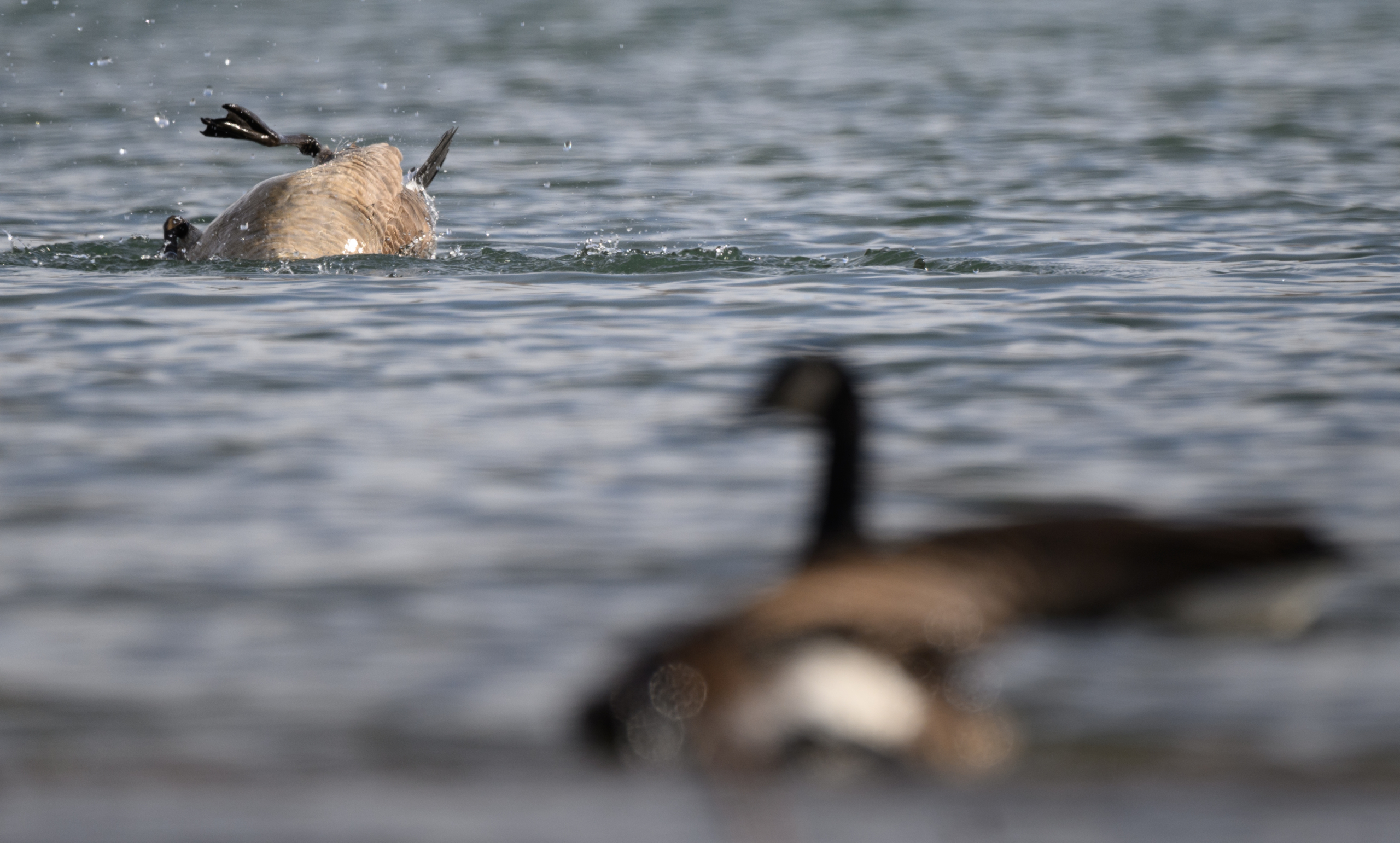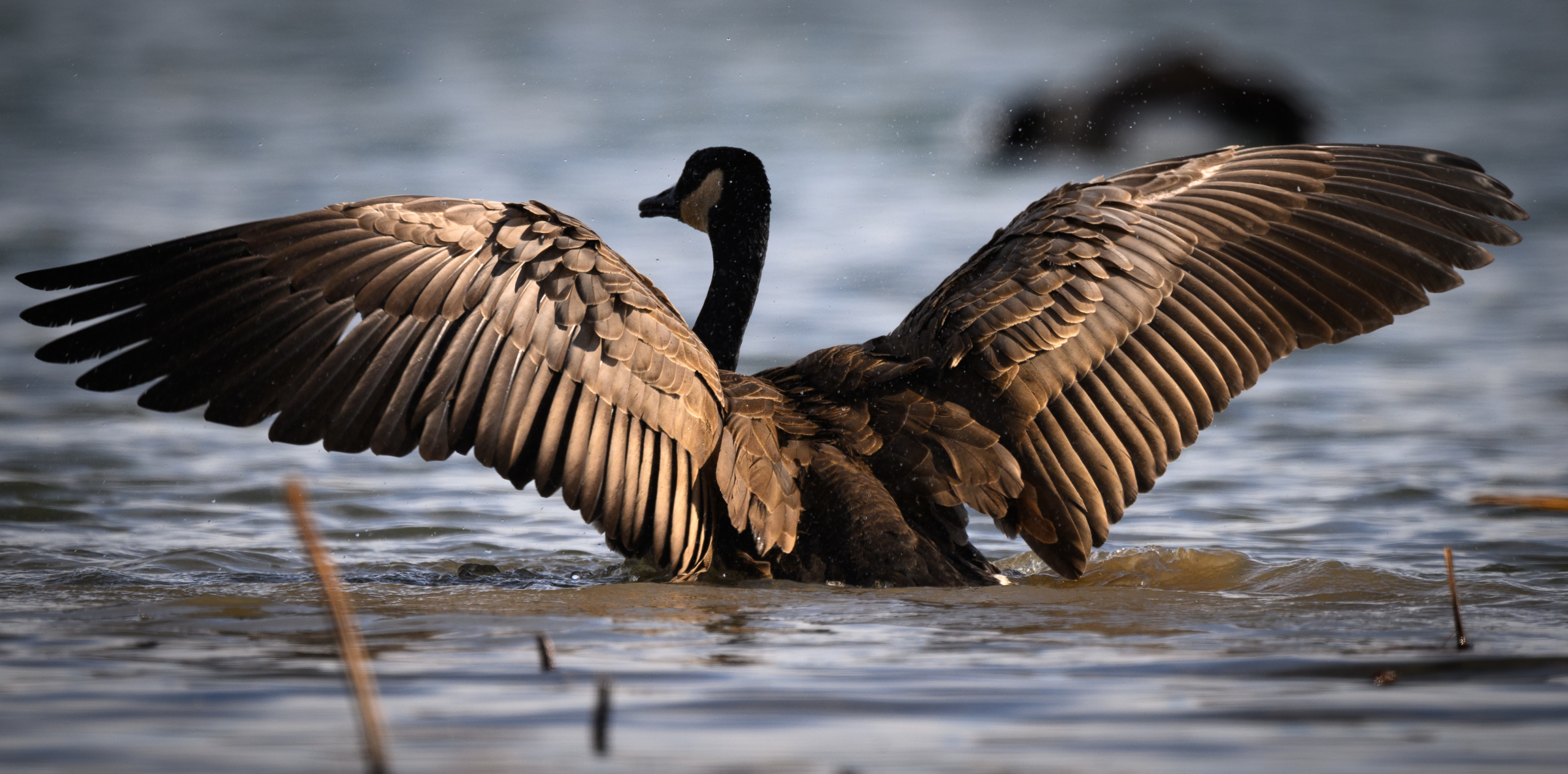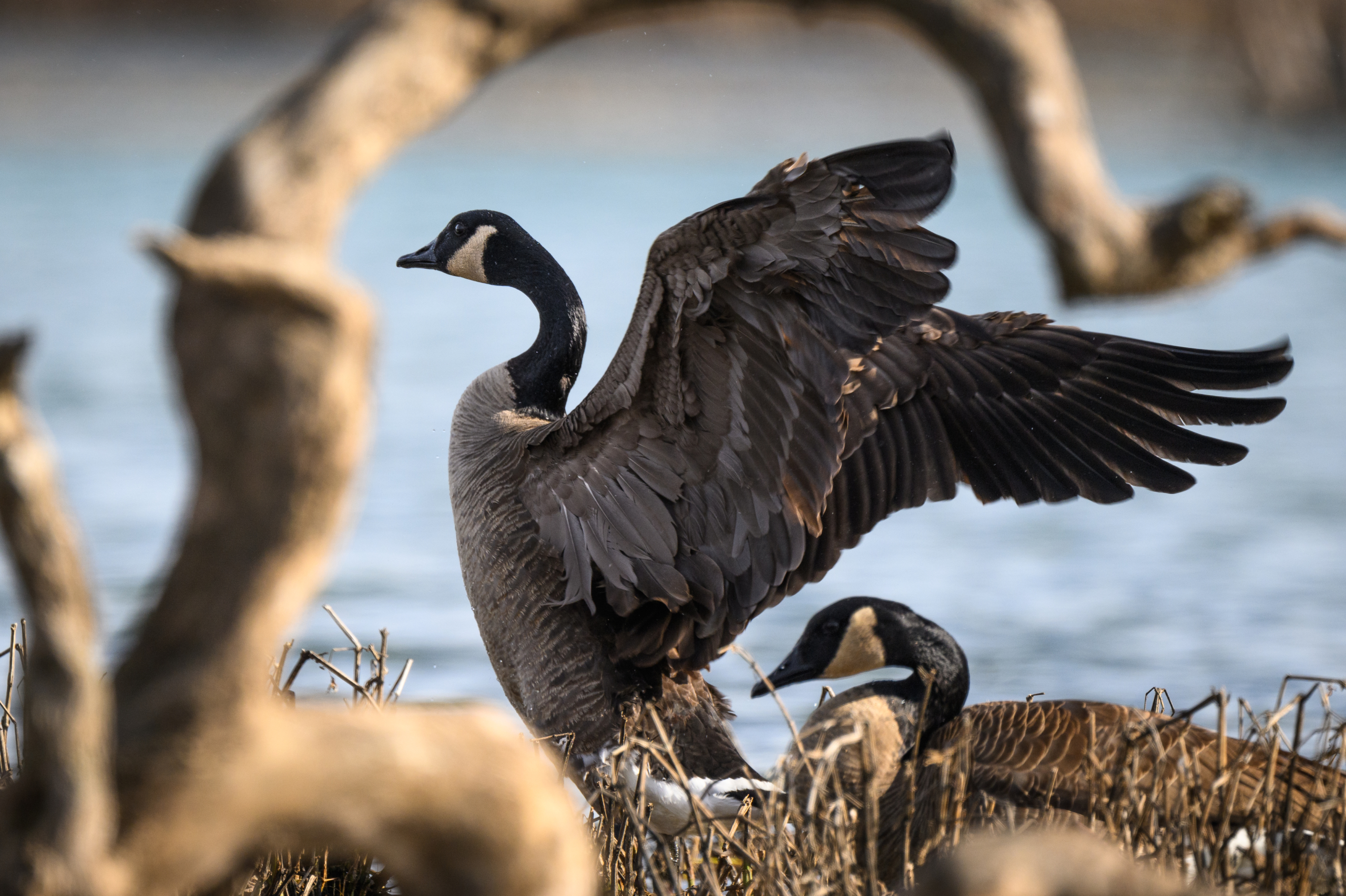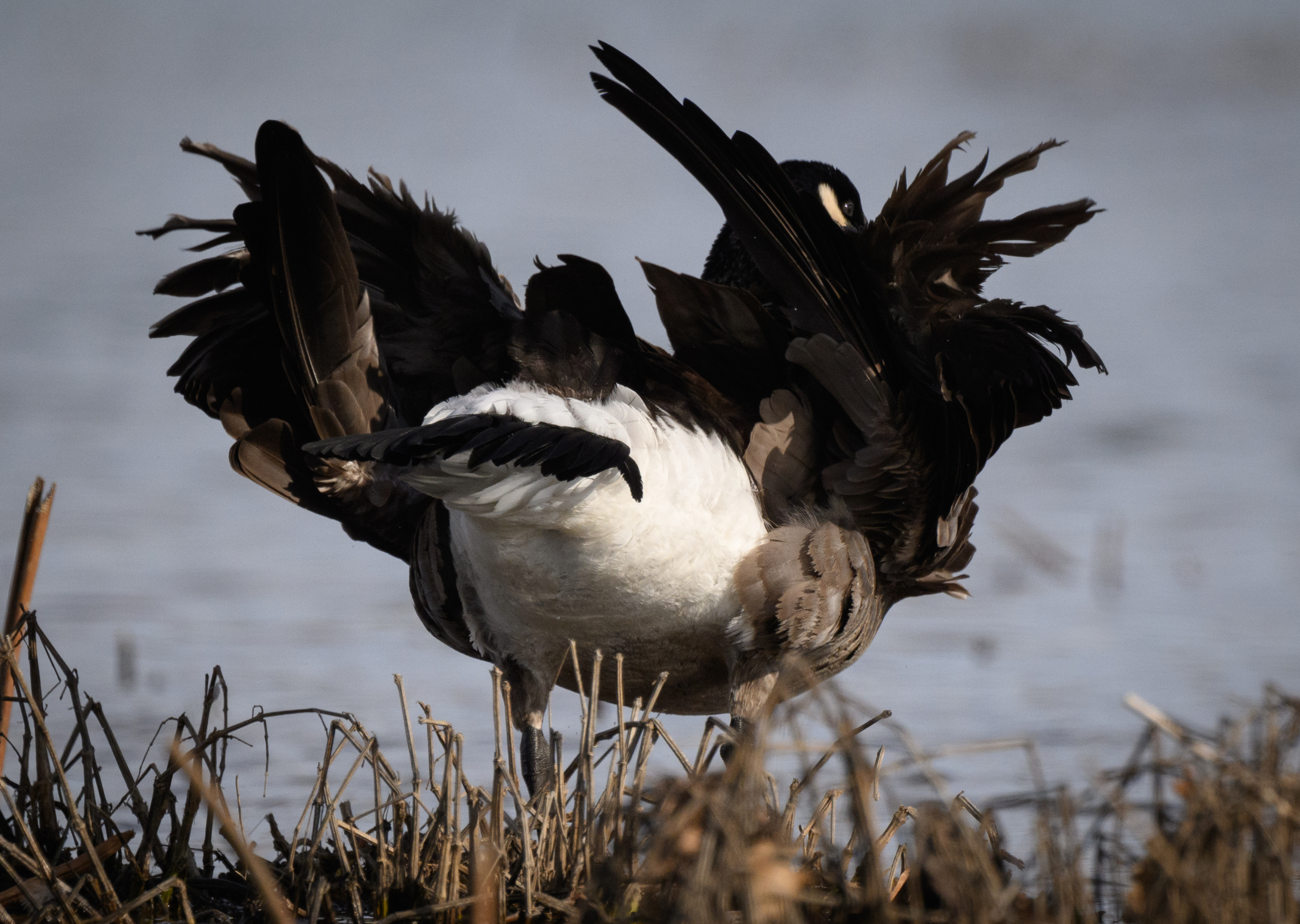The main bay of Glacier Bay National Park and Preserve in Southeast Alaska is vast, stretching 69 miles from its mouth to the furthest extent. It is hard to imagine that the area shown (a small portion of the bay) was a single large glacier of solid ice only a little over 200 years ago.
In the mid-1700s, this view (and quite a bit beyond) would have been covered by a glacier nearly a mile in thickness. Since then, the massive glacier that filled the bay has retreated 69 miles to the heads of various inlets. Recent research determined that there is 11% less glacial ice in Glacier Bay than in the 1950s. Still, even with the earth’s rapidly changing climate, Glacier Bay is home to a few stable glaciers due to heavy snowfall in the nearby Fairweather Mountains.
The pictured view is of the Beartrack Mountains looking from Tlingit Point to North Marble Island and South Marble Island.
The park is an important marine wilderness area known for its spectacular tidewater glaciers, icefields, and tall coastal mountains. A popular destination for cruise ships, the park is also known for its sea kayaking and wildlife viewing opportunities. Glacier Bay National Park is home to humpback whales, which feed in the park’s protected waters during the summer, both black and grizzly bears, moose, wolves, sea otters, harbor seals, Steller sea lions, and numerous species of sea birds. The dynamically changing park, known for its large, contiguous, intact ecosystems, is a United Nations biosphere reserve and a UNESCO World Heritage site.
Editors note: The video is a panoramic composite of several overlapping still images.
LINKS
- BLOG POST: Wet adventures in Glacier Bay National Park
- BLOG POST: Glacier Bay National Park – Witnessing change
- BLOG POST: Massive landslide pours onto Lamplugh Glacier
- BLOG POST: Glacier Bay images published by Alaska Geographic
- PHOTO GALLERY of images of Glacier Bay National Park and Preserve
- PHOTO GALLERY of the Lamplugh Glacier landslide
To see our collection of fine art prints, click here










